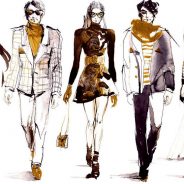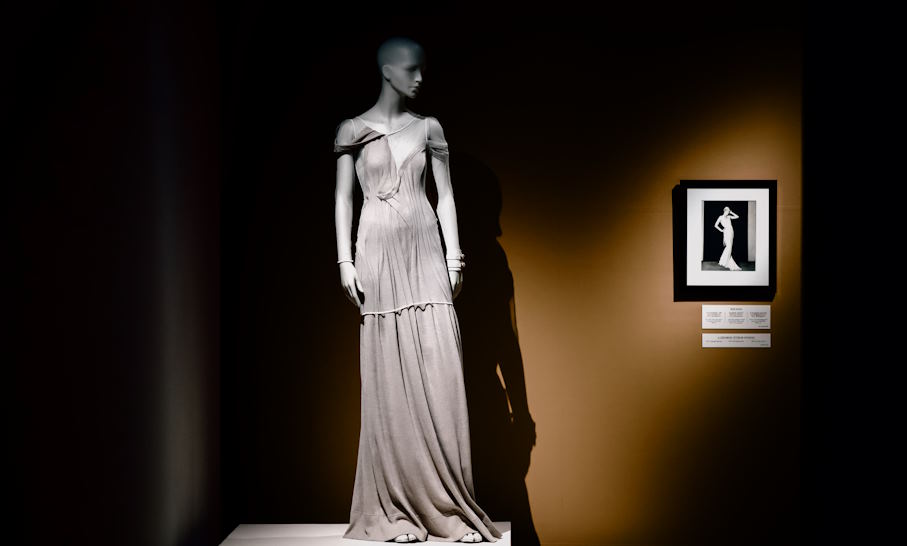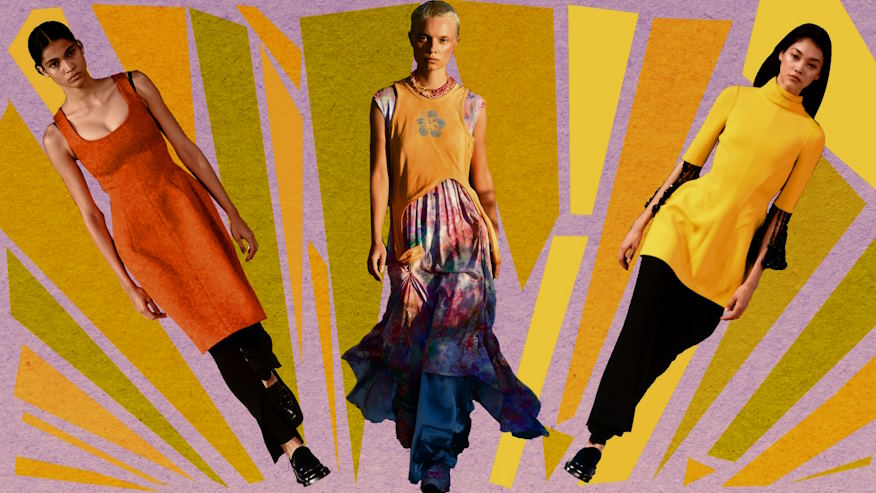The Influence of Art on Fashion and Vice Versa

Art and fashion share an inseparable bond, intertwined in a captivating dance that ignites the flames of creativity and self-expression. Throughout history, artists and designers have continually drawn inspiration from one another, their symbiotic relationship shaping and redefining the realms of both art and fashion. From the brushstrokes of Impressionist painters influencing the delicate drapes of Victorian gowns to the bold collaborations between contemporary artists and renowned fashion houses, the influence flows in both directions.
Art as a Catalyst for Fashion
Historical examples: Explore how art movements like Impressionism, Cubism, and Surrealism influenced fashion trends of their respective eras.
Throughout history, art movements have served as a wellspring of inspiration for the world of fashion. In the late 19th century, Impressionism emerged as a groundbreaking art movement, characterized by its emphasis on capturing fleeting moments and the play of light and color. The Impressionist painters, with their vibrant palettes and ethereal brushstrokes, soon became a muse for fashion designers of the time. Delicate pastel hues, flowing fabrics, and an emphasis on capturing movement manifested in the garments of the Victorian era.
Moving forward, the Cubist movement of the early 20th century, spearheaded by artists like Pablo Picasso and Georges Braque, brought about a seismic shift in artistic representation. The fragmented forms and geometric shapes of Cubism found their way into fashion, with designers incorporating angular cuts and bold patterns into their creations. Women’s fashion embraced a more streamlined and structured aesthetic, breaking free from the constraints of traditional silhouettes.

In the realm of Surrealism, led by artists such as Salvador Dalí and René Magritte, the exploration of the subconscious and dreamlike imagery sparked a wave of experimentation in both art and fashion. Surrealist elements like unexpected juxtapositions, whimsical motifs, and a sense of the fantastical found their way onto garments. Designs became more daring, pushing the boundaries of conventional fashion.
Contemporary collaborations: Discuss recent collaborations between artists and fashion designers, such as the partnership between Yayoi Kusama and Louis Vuitton, and explain how these collaborations have shaped the fashion landscape.
In recent years, collaborations between artists and fashion designers have become increasingly prevalent, blurring the lines between these creative realms. One noteworthy collaboration that left an indelible mark on the fashion landscape was the partnership between the iconic Japanese artist Yayoi Kusama and luxury brand Louis Vuitton. Kusama’s avant-garde art, characterized by her signature polka dots and immersive installations, seamlessly merged with Louis Vuitton’s expertise in high-end fashion.
The collaboration resulted in a series of limited-edition collections featuring Kusama’s distinctive motifs, translating her art onto garments, accessories, and even iconic Louis Vuitton handbags. The fusion of Kusama’s whimsical aesthetic and the craftsmanship of Louis Vuitton elevated the fashion pieces to works of art, captivating both art enthusiasts and fashion aficionados alike.
This collaboration, along with many others, exemplifies how the worlds of art and fashion continually influence and inspire one another. By bringing together the visionary perspectives of artists and the technical expertise of fashion designers, these collaborations breathe new life into the fashion landscape, pushing boundaries, and creating wearable art pieces that transcend mere clothing.
Fashion as a Medium of Artistic Expression
Fashion designers as artists: Discuss the artistic vision and creative process of fashion designers, highlighting their ability to create unique and expressive pieces.
Fashion designers are more than just craftsmen; they are artists who use fabric, form, and color as their medium of expression. They possess a unique artistic vision that guides their creative process, allowing them to transform their ideas into tangible garments. Like painters, they carefully select their palette of fabrics and materials, considering texture, drape, and the interplay of colors. Through intricate draping, cutting-edge techniques, and innovative tailoring, they breathe life into their designs.
Fashion designers are storytellers, infusing narratives into their collections. They draw inspiration from various sources, such as historical eras, cultural movements, personal experiences, and social issues. They craft garments that evoke emotions, convey messages, and challenge conventions. Whether it’s a voluminous gown that exudes elegance and grace or a deconstructed ensemble that pushes the boundaries of traditional silhouettes, fashion designers use their creativity to communicate their artistic perspectives.
Runway shows as art performances: Explore how fashion shows have evolved into immersive experiences that blend fashion, music, set design, and storytelling to create a form of performance art.

Fashion shows have transcended their initial purpose of presenting collections to become immersive art performances that engage all the senses. These spectacles are meticulously choreographed, combining fashion, music, set design, and storytelling to create a multi-dimensional experience. Fashion designers collaborate with musicians, artists, and choreographers to curate an atmosphere that enhances their creative vision.
Runway shows are carefully orchestrated, with models strutting down the catwalk as living canvases for the designer’s art. The lighting, music, and set design work in harmony, evoking emotions and enhancing the narrative of the collection. From avant-garde installations to interactive stages, fashion shows have become a platform for designers to push creative boundaries and challenge traditional notions of fashion presentation.
Fashion photography and editorial spreads: Analyze how fashion photography has embraced artistic techniques and concepts, blurring the lines between fashion and fine art.
Fashion photography has evolved into a powerful medium that blurs the lines between fashion and fine art. Photographers go beyond capturing garments; they aim to convey a mood, tell a story, and evoke emotions. Through their lens, they transform fashion into a visual masterpiece.
Fashion photographers employ artistic techniques, such as composition, lighting, and juxtaposition, to create captivating images that resonate with the viewer. They experiment with unconventional angles, play with shadows and reflections, and use unexpected backdrops to enhance the visual impact. By merging fashion with artistic concepts, they create imagery that transcends the realm of mere product representation.
Editorial spreads further embrace the artistic fusion of fashion and photography. These carefully curated visual narratives combine fashion, storytelling, and creative concepts to create a cohesive artistic statement. Through meticulous styling, set design, and visual storytelling, fashion editorials become an exploration of themes, emotions, and societal issues.

